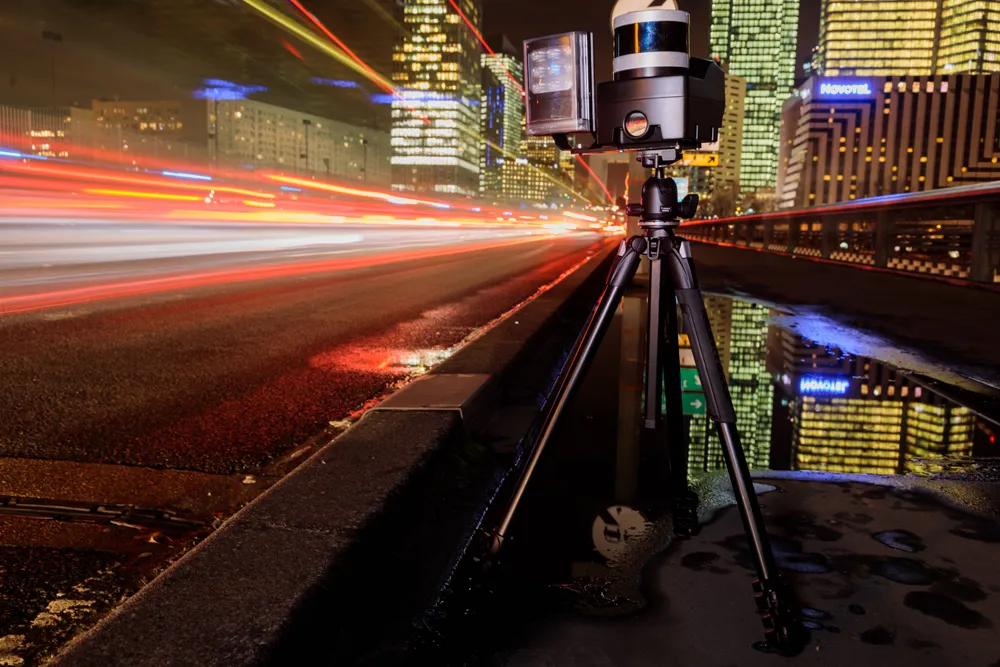
The
Up to four control terminals which are adjustable not just in height, but also depth, approach the vehicle driver and passengers if applicable. Depending on the application they can identify themselves by fingerprint scanners, iris scanners, passport readers, card readers, coin validators or an intercom system.
Magnetic Autocontrol says the advantages of these dynamic terminals are obvious. By approaching the vehicle horizontally and vertically the terminals are always in close proximity to the driver and / or the passengers so that the identification process can be done conveniently.
Also, the problem that static terminals are quite often knocked over by vehicles is solved because the terminals automatically move away from the vehicle in a horizontal direction. It is claimed the range of applications for this technology is versatile but these dynamic terminals are especially suited for restricted access areas such as distribution centres, factory premises or even country borders.










